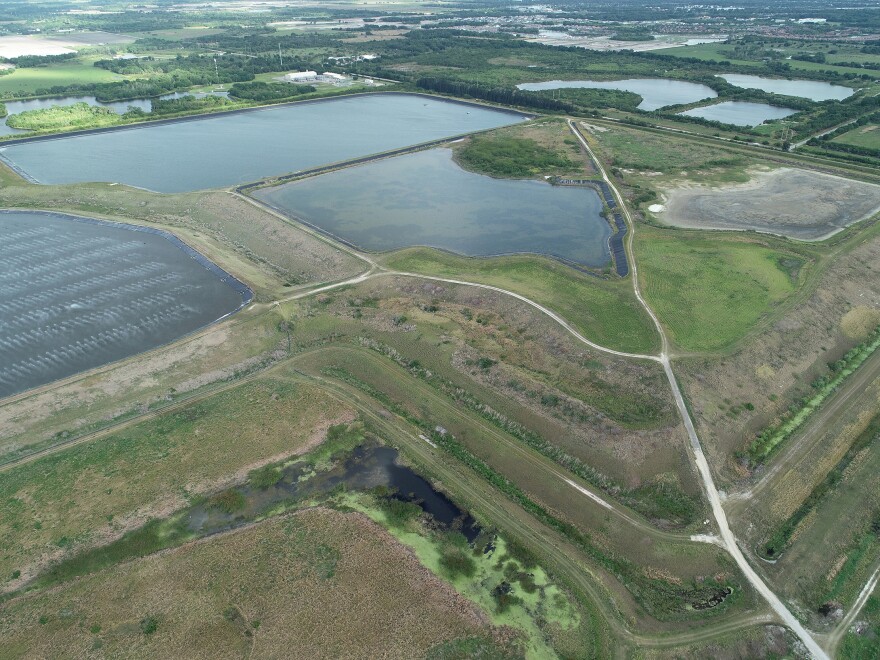Environmental officials are closely monitoring the water quality near Piney Point in Manatee County where hundreds of millions of gallons are being discharged into Tampa Bay.
The Florida Department of Environmental Protection has been publishing water quality samples from 11 areas near the discharge site and further out into the bay.
Officials say the water is not radioactive and that samples meet all water quality samples except for pH, total phosphorus, total nitrogen and total ammonia nitrogen. They say the water is slightly acidic, but specific figures about nutrient levels are still pending.
Mark Luther, director of the University of South Florida Center for Maritime and Port Studies, said nitrogen and phosphorous levels are some of the key things to pay attention to in the near future, as high amounts could cause problems for marine life.
“It's like throwing 50,000 bags of fertilizer into the bay, and so that can fuel the growth of algae,” he explained.
Luther said, fortunately, nutrient levels in the area were low ahead of the leak, compared to during the summer when algal blooms typically occur. This could help minimize the damage, especially if other weather factors like tides and winds help move the wastewater around quickly, diluting its nutrients.
He said he’s keeping an eye on a cold front forecast for this weekend that would bring winds from the north. Luther said that could help push the nutrient-rich water from Piney Point out of Tampa Bay and into the Gulf of Mexico faster.
“It could help flush it out of the bay completely, but it also could help push some of these excess nutrient waters up into Bishop's Harbor or Terra Ceia Bay, where there is an active oyster aquaculture industry and some clam aquaculture industry going on, which is a good thing because those tend to help filter things out of the water and help clean things up,” he said.
But of the water sits in the bay, that could create ripe conditions for a harmful algal bloom. Oyster farmers have expressed concerns about the impact that would have on their harvests. Although bivalves are good at filtering water, too much pollutants can destroy them.
Environmental advocates are also worried about seagrass and other marine life, including manatees, in the area.
Manatee County officials estimate about 165 million gallons of wastewater have already been released into Tampa Bay as response efforts continue.
Luther said USF researchers will be collecting their own water samples this week and should know in the coming days whether nitrogen and phosphorous levels have increased by alarming amounts.
He said those nutrients fuel the growth of algae, but one indicator of the presence of algae is the amount of chlorophyll in the water.
Chlorophyll is a pigment found in plants and when there is a lot of it, water appears murky and has a greenish color. Luther said that is already evident in the area closest to the leak but waters in the surrounding bay do not seem affected yet.
The worst-case scenario is still a complete breach at the former phosphate processing plant which could cause significant devastation, but that seems increasingly unlikely. On Tuesday, Manatee County officials lifted evacuation orders for residents and business owners and expressed optimism they have the situation under control.
The county also voted to remove remaining water at the plant and pump it deep underground.
WUSF will continue to provide updates on the developing situation at Piney Point.









